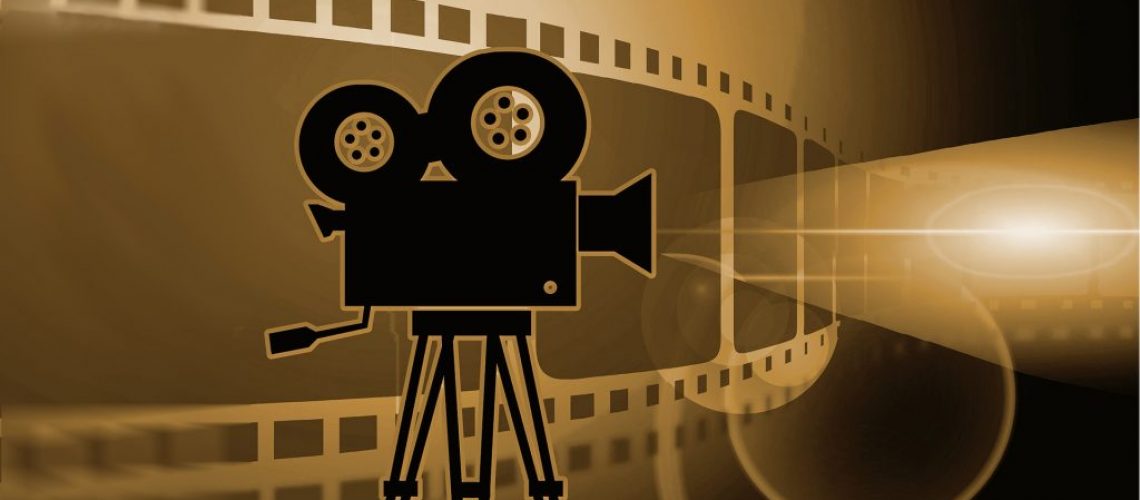What started out as a pioneering theatre that used optical illusions in its plays became the first cinema in Britain to show films to the paying public in the 1890s. Today, it’s a place to enjoy a good film amid its art deco interior and occasionally listen to a tune played on its unique organ, as Lulu Martyn-David found out
Where can you watch a classic film of the 1930s, sitting in a cinema that reflects the age and elegance of the period? The restored Regent Street cinema fulfils this promise and more. Whether you are looking nostalgically back to the age of the silver screen, further back to silent movies, are a connoisseur of art house or are keen to see the latest that cinema has to offer, this could be the place for you.
The Regent Street cinema was the first venue to show films to the paying public in Britain when the Lumiere brothers’ films were brought over from Paris in 1896. It was a fitting venue because the cinema had been a theatre in The Royal Polytechnic Institution from 1848 and had been custom built for ‘optical exhibitions’ and other technological innovations.
It was the first theatre to make use of the optical illusion known as Pepper’s Ghost during a staging of Charles Dickens’s The Haunted Man in December 1862, so it was only natural that it should be at the forefront of this new form of entertainment.
The first showing of the film The Arrival of a Train probably had the same scary impact on the audience as had Pepper’s Ghost 30 or so years earlier.
Refurbished and adapted several times in its life, the cinema was known for the series of films of Alfred West, Our Navy and Our Army, which ran for 14 years from 1899. In the 1920, it was a venue for nature and travel films. Re-named the Cameo Poly after the Second World War, it became famous for foreign language and avant-garde films, with the first X-rated film playing there in 1951.
Coming full circle, the cinema became a theatre once more in the 1970s and specialised in musicals before closing to allow the university more lecture space. It was restored and reopened in 2016 and harks back to its art deco heyday – the original gold frieze of Greek key pattern interspersed with lion’s heads and the Tudor rose runs around the auditorium.
You can sink back comfortably in the best seats – those immediately above and below the balcony, which have air conditioning vents. There is not a bad seat in the house as the auditorium rises in a single tier from the stage.
The pigeons have been ejected from the projection room, which now houses two 35mm projectors, as well as a 16mm projector and a 4K digital projector. The 7.1 surround sound system has seven speakers, which is unique in London. The cinema also has its own Compton organ, built specifically for the cinema in 1936. It is one of only four pipe organs remaining in their original working cinemas in the UK, and an added bonus is that Peter Hammond from the famous Hammond organ family is a regular player – so pick the right day and you could be lucky enough to hear him!
The cinema has now reopened, see its What’s on page for current screenings. To read more about the Regent Cinema’s history, go to https://www.regentstreetcinema.com/our-story

